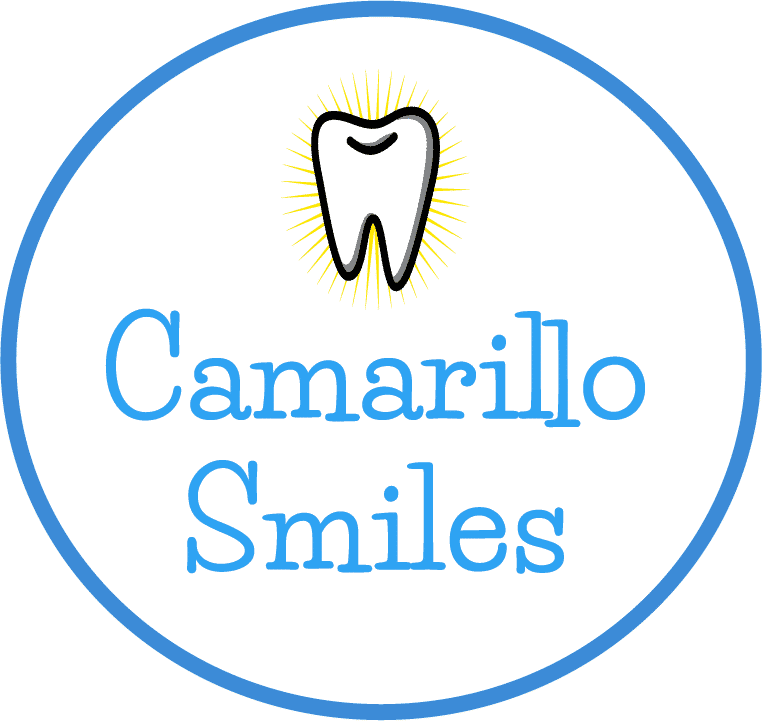Yellow teeth can be unsightly and may indicate a problem with your oral health. You may brush or floss daily to improve your teeth’s appearance. However, some factors will prevent you from achieving a healthy set of white teeth.
If brushing and flossing did not help you get brighter teeth, it might be time to consider teeth whitening options. Before you pick one option, make sure you understand how your yellow teeth developed.
Yellow Teeth and Stains
Your teeth are naturally white. However, because of stains, they become yellow. Some stains can be prevented while others cannot. The good news is that most stains can be removed through one or a combination of teeth whitening options.
Coffee and cigarettes are known culprits that stain your teeth over time. The white portion of your teeth, which is known as the tooth enamel, can wear out because of your eating habits. Under the white surface is dentin, which is pale brown in color.
Thick enamel looks white while thin enamel enables dentin’s tones to show through. As a result, your teeth will look yellow.
As you age, the enamel wears thin. Thinning of the enamel is also the result of enamel erosion from the acid in food and drinks. If you are fond of eating oranges and candies or of drinking soda, you are a likely candidate for yellow teeth.
Options to Whiten Yellow Teeth
- Laser Teeth Whitening
This is also known as power whitening. In this procedure, a bleaching agent is applied to your teeth.
Then, your dentist shines a laser on your teeth to improve the whitening effect of the bleaching agent. The overall procedure can take over an hour to complete.
Compared to over-the-counter whitening treatment, this teeth whitening procedure is costlier. Although the FDA has approved it, it has yet to receive the Seal of Acceptance by the ADA.
- Bleaching
This is a popular teeth whitening option today. Most dentists use it for their patients. This method involves the application of a bleaching agent to your teeth.
The agent may cause an adverse effect on your gums. Hence, your dentist will apply a special gel or rubber shield.
Hydrogen peroxide and carbamide peroxide are common bleaching agents. To achieve the whiter shade you desire, you may need to make more than one visit to your dental office.
The result of this in-office whitening treatment will depend on the type of stain on your teeth.
For extrinsic stains, this procedure is effective. After a few dental visits, you will achieve a healthy, whiter set of teeth. However, this procedure may not help intrinsic stains.
Do not worry. When you visit your dentist, he will examine the cause of your teeth staining. If it turns out that your teeth stain is intrinsic in nature, he may suggest bonding or veneers.
There are many options to whiten your yellow teeth. But not all of them are effective in your teeth condition. Hence, it is vital that you check with your dentist to know the best option for your situation.
